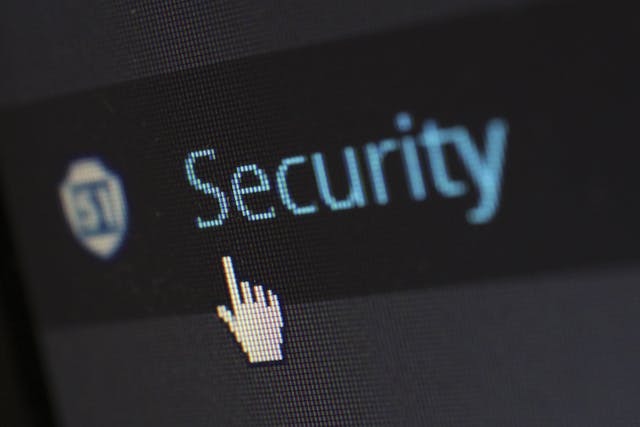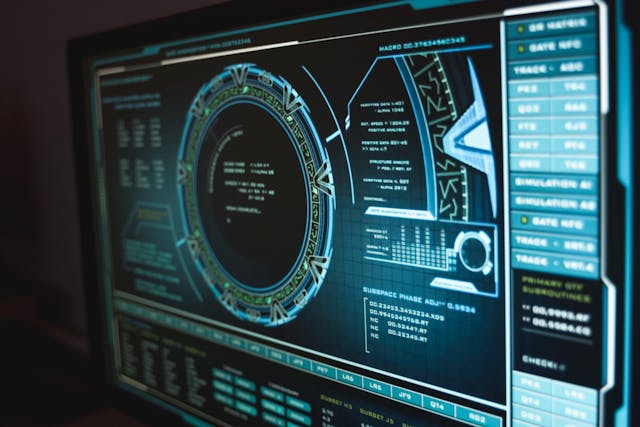Cybersecurity in the Age of AI: New Threats and Defenses
As artificial intelligence (AI) becomes more advanced, it’s changing the way we live, work, and communicate. But AI is also reshaping the world of cybersecurity—both creating new risks and offering fresh ways to protect ourselves.
In this article, we’ll look at the new threats AI brings to cybersecurity and how defenses are evolving to keep us safe.

How AI Creates New Cybersecurity Threats
1. Smarter Cyber Attacks
Hackers are using AI to make attacks more effective. AI can:
- Automate phishing scams by crafting personalized messages
- Find weaknesses in systems faster than humans can
- Launch coordinated attacks using multiple AI-powered bots
These smarter attacks can trick people and systems more easily than before.
2. Deepfakes and Misinformation
AI can create convincing fake videos, audio, or images—called deepfakes. These can spread false information, damage reputations, or trick people into revealing sensitive information.
3. AI-Powered Malware
Some malware can learn and adapt to avoid detection by traditional security software. This makes it harder for defenders to spot and stop malicious programs.
How AI Helps Defend Against Cyber Threats
1. Advanced Threat Detection
AI systems can analyze huge amounts of data in real time to spot unusual behavior or attacks. This means quicker detection of threats before they cause damage.
2. Automated Responses
AI can help respond to attacks immediately, shutting down compromised accounts or blocking malicious activity faster than humans could react.
3. Predictive Security
By studying patterns, AI can predict potential attacks and vulnerabilities, allowing organizations to strengthen defenses proactively.
Challenges in Using AI for Cybersecurity
While AI boosts defenses, it also brings challenges:
- AI systems can make mistakes or generate false alarms
- Attackers may try to trick AI defenders with confusing data
- Privacy concerns arise when AI monitors user behavior closely
It’s important to balance security with fairness and privacy.
What Individuals Can Do
AI-driven threats affect everyone, so personal cybersecurity matters more than ever.
Tips to stay safe:
- Use strong, unique passwords and enable two-factor authentication
- Be cautious of unexpected emails or messages, even if they seem personal
- Keep your software and devices updated
- Stay informed about new threats and how to protect yourself

Final Thoughts
AI is changing the cybersecurity landscape in powerful ways—both as a tool for attackers and defenders. While AI makes cyber threats smarter, it also gives us new ways to protect our data and privacy.
The key will be staying vigilant, adopting AI-powered defenses wisely, and balancing technology with human judgment to keep our digital lives secure.












